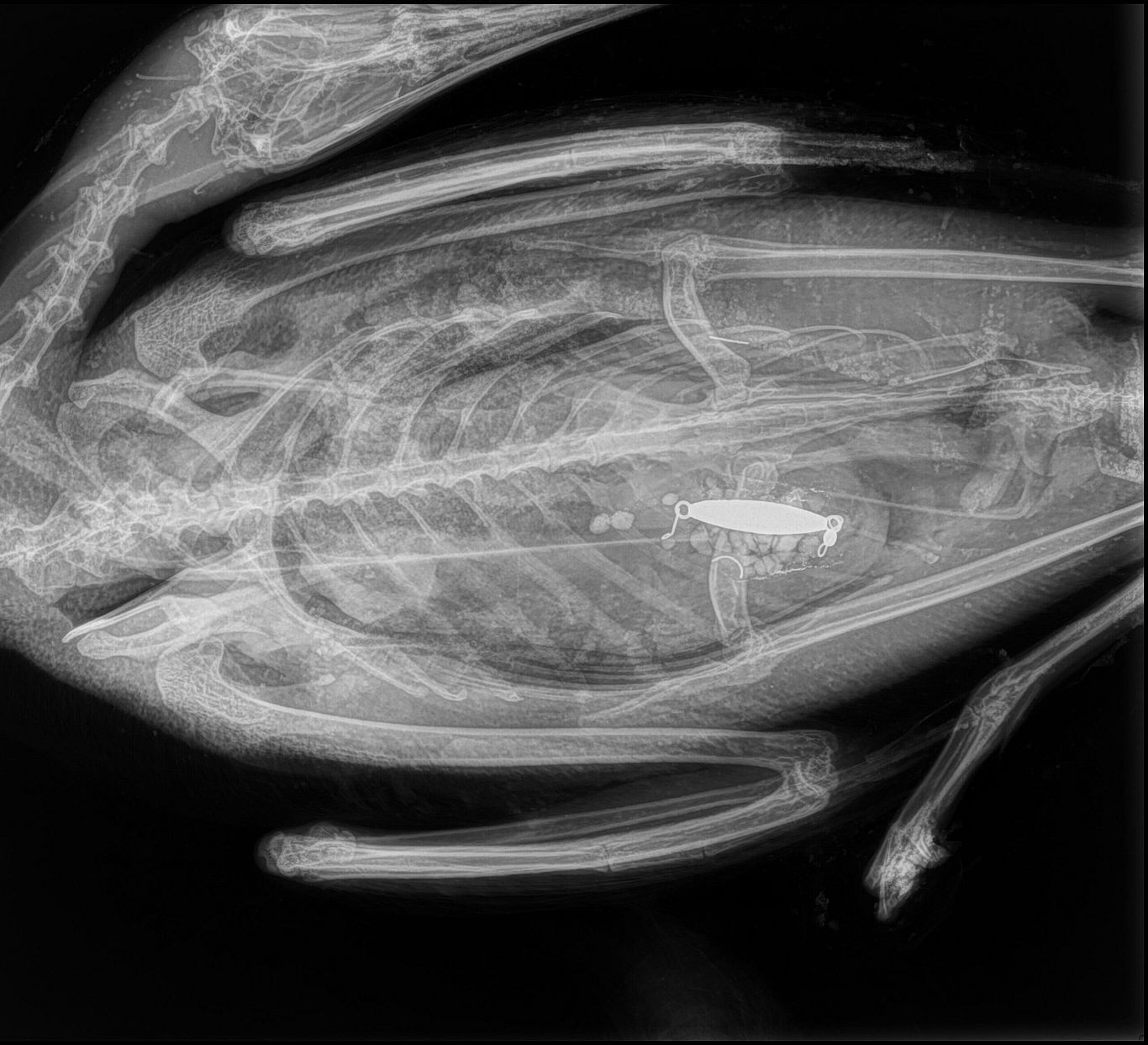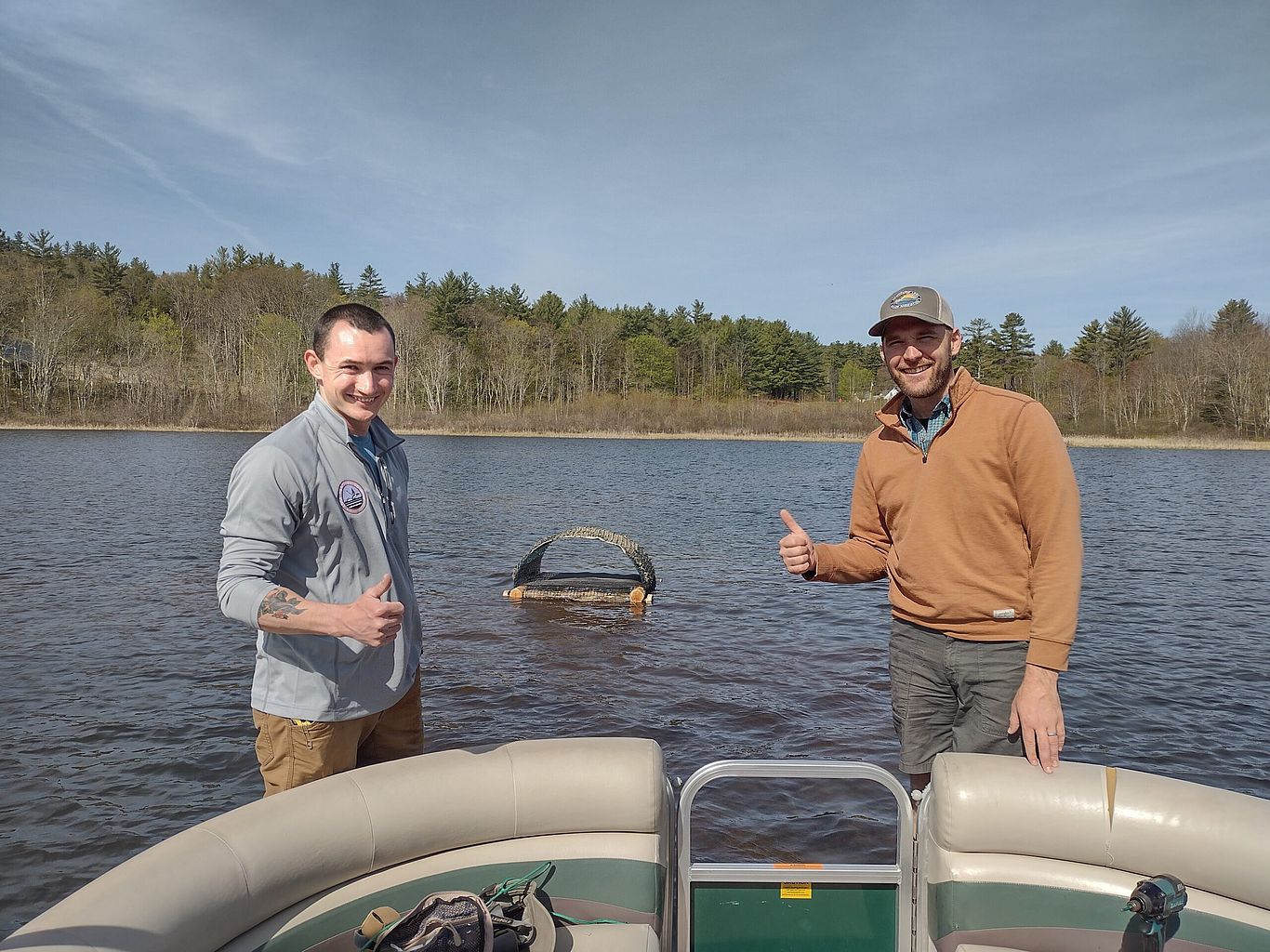NLRA partners with the Loon Preservation Committee to protect Newfound's Loons
With its iconic call and plumage, the Common Loon is a much loved summer sight in the Newfound watershed. Loons are threatened across the state, including on Newfound Lake. This year, NLRA is working with the Loon Preservation Committee to help improve the chances of Newfound's loons to survive and thrive.
In spite of recent population gains, loons are still a threatened species in New Hampshire, facing risks from lead fishing tackle, shoreline development, lake traffic, increased numbers of predators, contaminants, and climate change. These threats are clear on Newfound Lake. In 2018, two loons died on Newfound Lake due to lead poisoning from ingesting lead fishing tackle, and while Newfound has had nesting loons since 2010, in that time only two loon chicks have successfully hatched and survived.

LPC Volunteer and Outreach Biologist Caroline Hughes reports:
"The LPC has monitored Newfound Lake for loons since 1976. Until 2008, pair presence was spotty—there would be a pair there for one year, but gone the next. There also were, in some years, single loons inhabiting the lake. It wasn't until 2008 that the lake gained a consistent pair. They've been there every year since. They first nested in 2010, then didn't nest again until 2015. Since 2015, they've nested every year. Unfortunately, their productivity rate is about half the state average. They've only managed to hatch two chicks, one in 2015, and one in 2018. On the bright side, both of the chicks that hatched did survive to fledgling age.
On the south end of the lake, around Mayhew Island, there has most often been just a single unpaired loon. There is only one year where there was a pair around Mayhew Island. That was 2011, and that pair actually nested three times throughout the course of the summer. Unfortunately, all three nest attempts failed-the first for an unknown reason, the second due to human disturbance, and the third due to water level changes that swamped the nest. Since 2011, we haven’t documented a pair there again, just the single loon."
The average nesting loon pair in New Hampshire will fledge, on average, one chick every other year. With only two chicks fledged in seven years, Newfound's nesting pair is far behind.
To help nesting loons on Newfound, NLRA assisted the LPC in installing a nest raft in the Hebron Marsh area of Newfound Lake. Nest rafts help nesting loons cope with natural or human-induced water level changes that can flood nests or leave them too high and dry, provide alternate nest sites to help loons displaced by shoreline development and recreational use of lakes, and offer protection from some predators.

A nest raft can be part of the solution, but there is more work to be done. You can help loons by removing lead tackle from your tackle box, giving loons plenty of space on the lake (150 feet at minimum), and promoting the protection of their natural habitat. Caroline Hughes says, "We're hoping that with the raft in the Hebron Marsh, and the NLRA's help to ask folks to give the loons space, we might see improved breeding success in years to come."
